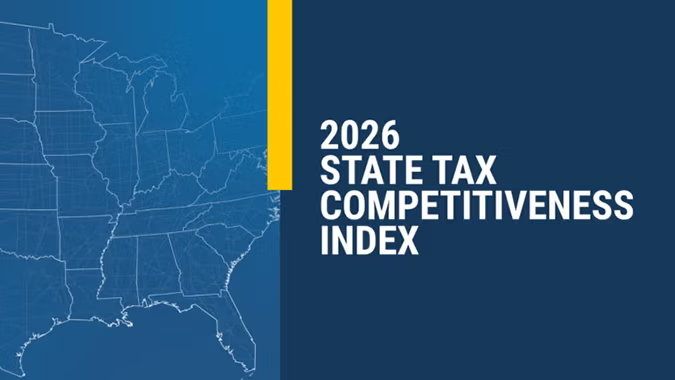The number of births in the United States fell by 71,741, or 2%, from 2022 to 2023, according to a report released earlier this month by the U.S. Centers for Disease Control and Prevention.
In the nearly two decades since the Great Recession began in 2007, the number of births has fallen 17% and has yet to recover. The data shows that the general fertility rate – the number of births per 1,000 women ages 15 to 44 – has declined 21% since 2007.
A declining birth rate is an economic issue for several reasons. Fewer children affect school enrollments, budgets, the future workforce pipeline, and economic growth. Fewer workers mean fewer taxpayers to pay down government debt and support government programs such as Social Security.
Among the government’s key findings:
- Birth rates for teenage mothers ages 15-19 continue to decline, especially among older teenagers. The birth rate for mothers ages 15-17 declined 2% between 2022 to 2023. The birth rate for mothers 18-19 dropped 5% between 2022 and 2023 and has declined 8% since 2021.
- The general fertility rate for the United States decreased 3% in 2023 to 54.5 births per 1,000 females (ages 15 to 44) from 56.0 in 2022.
- The percentage of women beginning care in the first trimester of pregnancy declined in 2023 and was down 3% from the most recent high in 2021.
- The percentage of women with late care or with no care increased between 2021 and 2023. Late care and no-care pregnancies have risen steadily since 2016.
The CDC report on birth and fertility rates used data from the National Vital Statistics System and did not speculate on reasons for the declines.




